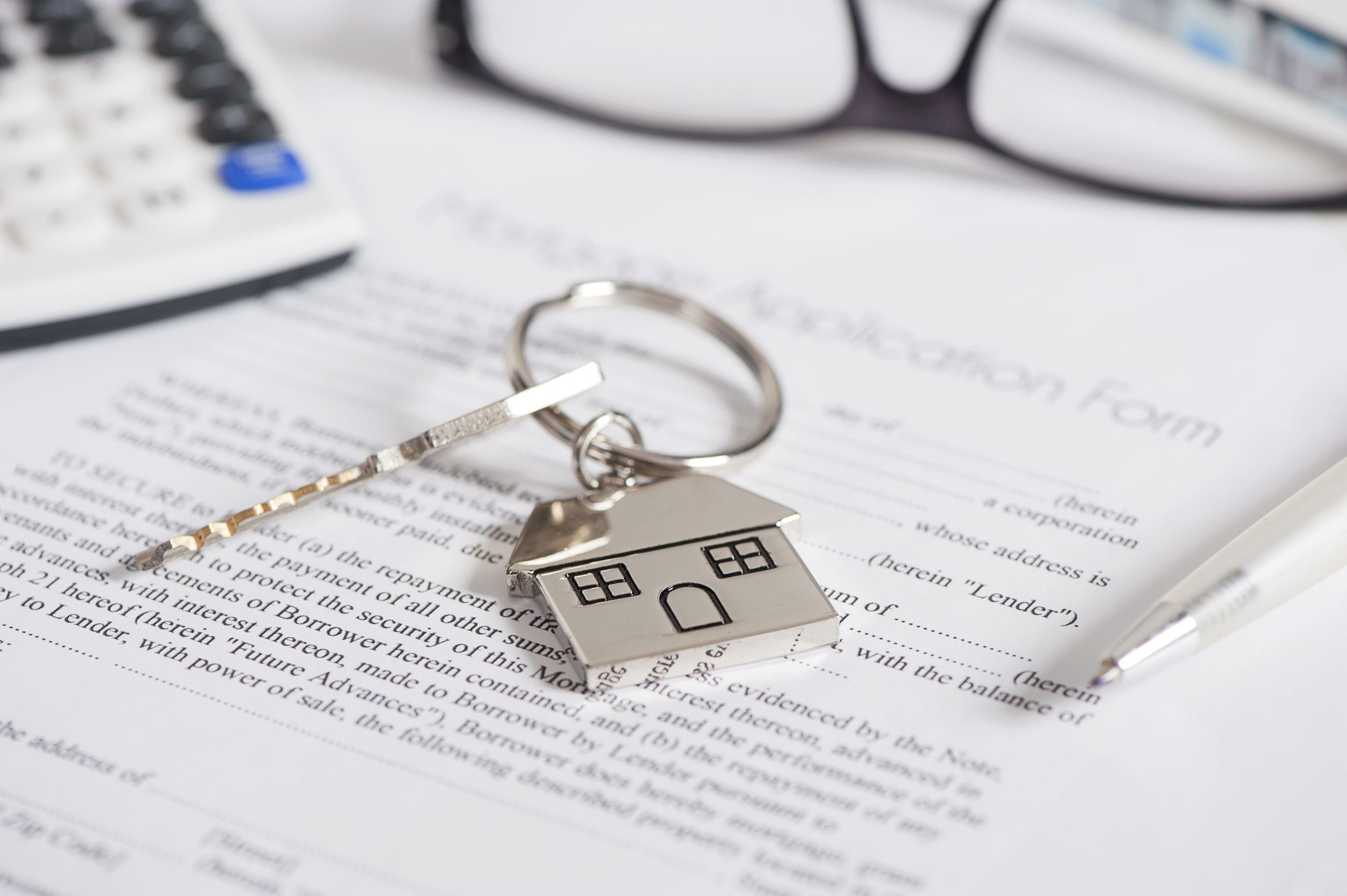At the most simple level, mortgages are a loan specifically to purchase a house. Qualified lenders provide homeowners the remainder of the money they cannot pay upfront to close the sale. In some cases, this means lenders can be paying anywhere from $80,000 to $500,000. Homeowners agree to pay that money back plus additional interest over the course of the next 10-30 years. Although mortgages are a serious debt to take on, mortgages are considered an acceptable debt that does not harm credit scores.
The process to get an approved, fully signed off, and financially smart mortgage is a complex one. So it is important to know where to start. Follow our guide to tackling loans head on.

Set a Budget
Now that you are one step closer to securing the home of your dreams, it can be tempting to get swept up in the appeal and beauty of homes you look at. However, the most crucial starting point for mortgages is finding out your financial limits and setting a budget. The home search should never begin before a well-planned price range is in place. This will keep prospective buyers from getting attached to houses well beyond their means.
As mentioned briefly in Part 1 of The Complete Home Buyer’s Guide, a general rule of thumb for house hunters is to secure a home with a mortgage payment (including taxes, insurance, and other miscellaneous expenses) at no more than 28% of your income. Another way to begin determining budget is by taking your annual income and multiplying it by 2.5. Homes should not be more than 2.5 times the annual income.
Do not get so focused on the final monthly mortgage payment that you forget to calculate in extraneous expenses. Expenses such as utilities and HOA fees will also be recurring payments that must be made in addition to the mortgage bill. Not to mention, other costs will arise over time such as closing costs and general home maintenance. If in doubt, do not be afraid to consult a broker or bank agent to determine what might be a good financial fit.
Assemble and Search
As homebuyers prepare to find the best loan, start gathering all bank and financial information. Potential lenders will want to see your financial records in order to determine interest rate, reliability, and best loan offering. Be sure to verify your income with pay stubs or tax transcripts, for lenders will want to ensure you have a stable, reliable income. Lenders may also wish to see your current bank account bottom lines in order to determine what you have to spend as well as what other debts you are currently paying off.
Now is the time to assemble a support team if you so desire. Some homeowners, especially first-time buyers, may wish to invest in a broker. Brokers can help future home buyers find the best loans available. Yet, it is important to keep in mind that brokers are not free. A broker’s cost often leads to higher closing costs or a higher interest rate on the mortgage. Be sure to consider this before moving forward.
Now is the time to search for a qualified lender. This is the time to be thorough in research and wary of “deals”. If you find a lender with incredibly low rates and high promises, be warned. Lenders that seem like a dream often are just that. Instead, start with reputable and reliable lenders. Some of the biggest lenders in the country are Wells Fargo, Chase, and Bank of America and may be the best lenders to start looking into. Having a reliable lender is important to ensure the mortgage is approved on time. Delays in mortgages or paperwork will result in additional fees at closing or move-in.
Get Pre-Approved
After narrowing down the list to the chosen lenders, begin making calls. Do not worry about giving each lender your social security number. Instead, most lenders can give estimates based on credit score. Call each lender within the same day to get a better feel for different rates; the daily economic shift can cause rates to vary between days and may give you a different answer due solely to daily market fluctuation rather than competitive rates.
Only apply for loan pre-approval when you are fully confident about buying a house. Having pre-approval will show both the seller that you are to be treated seriously. The pre-approval process usually requires an application fee, but it is well worth the price. However, the pre-approval will only last around 90 business days, so it is important that once it has been received, the home searching begins immediately. Though the pre-approval may be renewed, it may require another payment or re-verification process.
Another important thing to keep in mind is that lenders will often offer the highest loan available given your income and debts. A good rule of thumb is to immediately knock down their offer by 20% in order to build in a cushion for taxes, closing costs, and additional fees.
Choose a Plan
Mortgages are often divided into two subsections: the time frame and interest calculation. The time frame of mortgages can range from 5-30 years. However, fifteen and thirty year mortgages are the most common. The advantage of a fifteen year mortgage means lower interest costs, however, the principle mortgage cost will be higher in order to pay off the debt sooner. For those planning on staying in the home for a long period of time, the thirty year mortgage with the lower monthly cost but higher interest rate may be a more strategic plan.
Mortgages will also be fixed, adjustable, or combined.
- Fixed Rates – For the set period, thirty years for example, the interest rate will stay the same regardless of economic conditions or equity percentage. Fixed rate is generally the better option for people planning on living in the home for a long time or in an unstable economy.
- Adjustable Rates – The interest rate may raise or lower at fixed, predetermined intervals (such as every five or ten years). This is the more strategic option for those planning on selling their house more quickly or buyers needing short term lower interest rates.
- Combined Rates – The interest rate stays fixed for a set amount of time (usually three to seven years) and then becomes adjustable for the remainder of the contract. This option may be best for owners expecting to refinance the house before the stable interest period is up.
Another key to remember when choosing a mortgage and determining monthly cost is the down payment. Down payment is the amount of money the home buyers initially contribute toward buying the house. Some lenders accept as low as 3% down payment. However, serious home buyers should strive to pay 20% of the total home price. Any percentage less than 20 and you may be labeled as a “high risk” investment, meaning your interest rate may skyrocket. More than 20% can help lower interest rates or secure a better loan deal.
Getting Started Today
So whether home buying is in your immediate or more distant future, it is important to prepare for the process today. Begin by building your credit score. Lenders will look for buyers with a score around 720 or above. Learn all you can about mortgages and maybe even begin tentative talks with your current bank to see if they offer lending programs and general rates. Though it may seem complex, getting a mortgage can help you secure the home of your dreams.
If you’d like to catch up on our COMPLETE HOME-BUYER’S GUIDE, be sure to read Part 1, Part 2, and Part 3.




